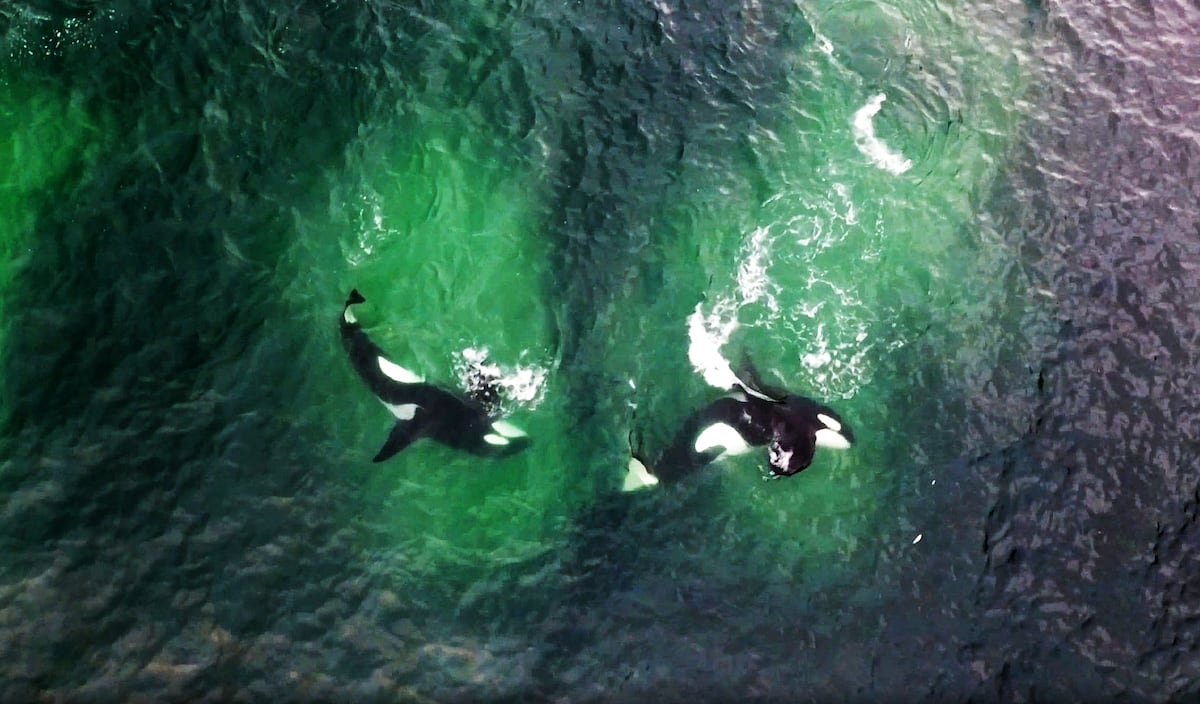
"Orcas hunt Atlantic herring in the Norwegian fjords by coordinating movements with precision, utilizing a geometric formation to increase feeding success and survival chances."
"During hunting, orcas adopt a triangular formation to execute coordinated tail slaps aimed at dense schools of herring, stunning them for easier capture."
"Larger orcas lead the hunt by delivering powerful tail strikes to fish schools, while smaller orcas assist in corralling the stunned, weakened prey."
"There's an indication that male orcas participate more actively in the hunting roles than females, an observation needing further investigation."
A pod of orcas has developed a cooperative hunting strategy to catch Atlantic herring in the Norwegian fjords. Each spring, when herring migrate, these whales display mathematical precision in their movements, coordinating in pairs to enhance feeding efficiency. During the hunting phase, they swim in a triangular formation, with larger orcas delivering powerful tail slaps that stun the fish. This tactic breaks the school's cohesion, allowing smaller orcas to corral the weakened prey. Early observations indicate that male orcas may take on more active roles than females, but further study is needed to understand this trend.
Read at english.elpais.com
Unable to calculate read time
Collection
[
|
...
]